July 26 - August 1, 2020: Issue 459
QANTAS During Centenary Year: 2020
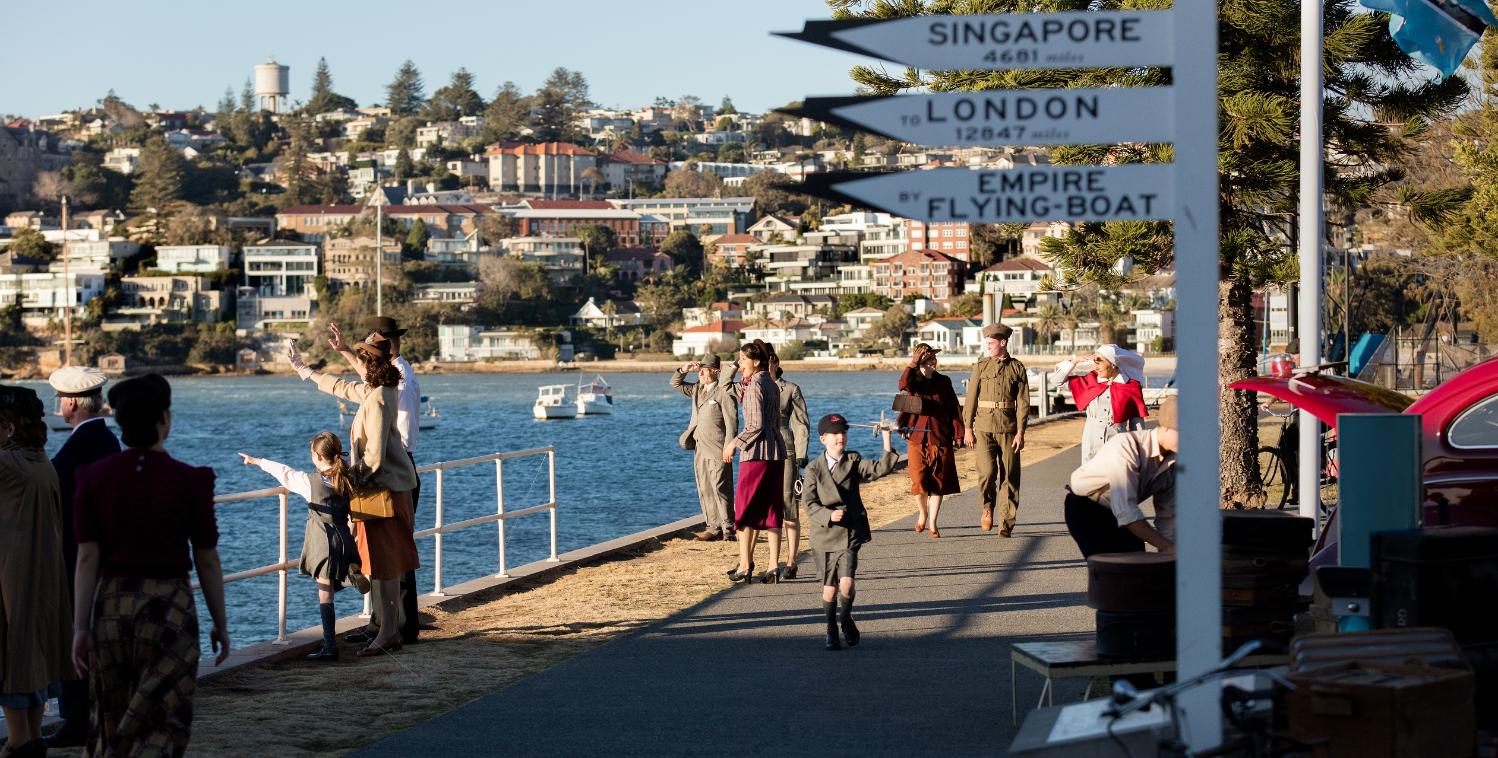
QANTAS Farewells “Queen Of The Skies” During Centenary Year
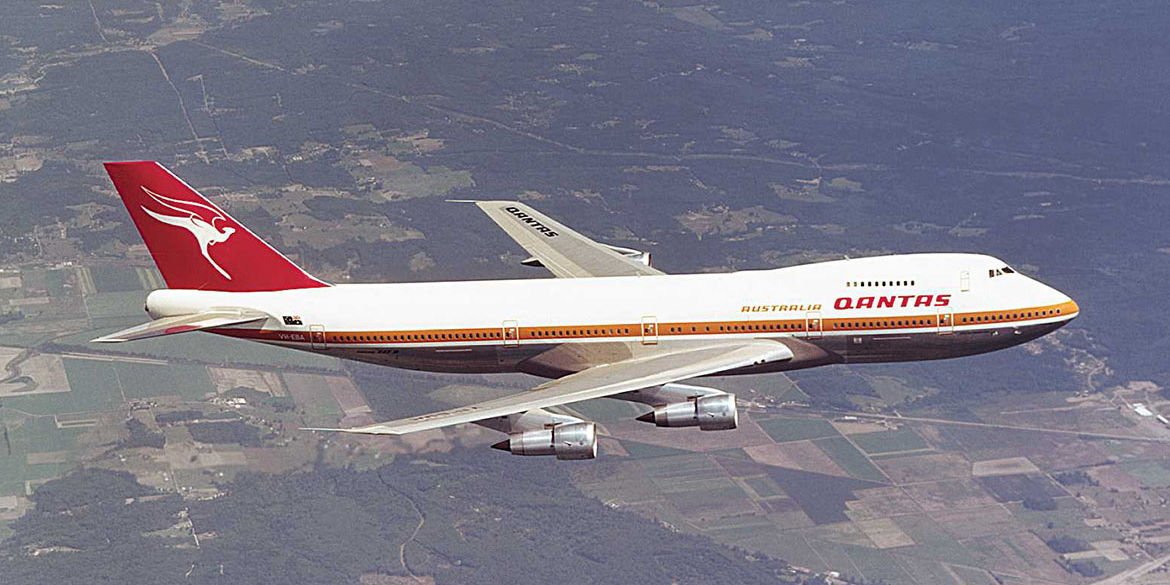
- Walter Oswald Watt - Bilgola Beach
- Wilfrid Kingsford Smith - Careel Bay and Clareville
- John William Cherry - Avalon Beach
- George Scotty Allan - Palm Beach and Careel Bay
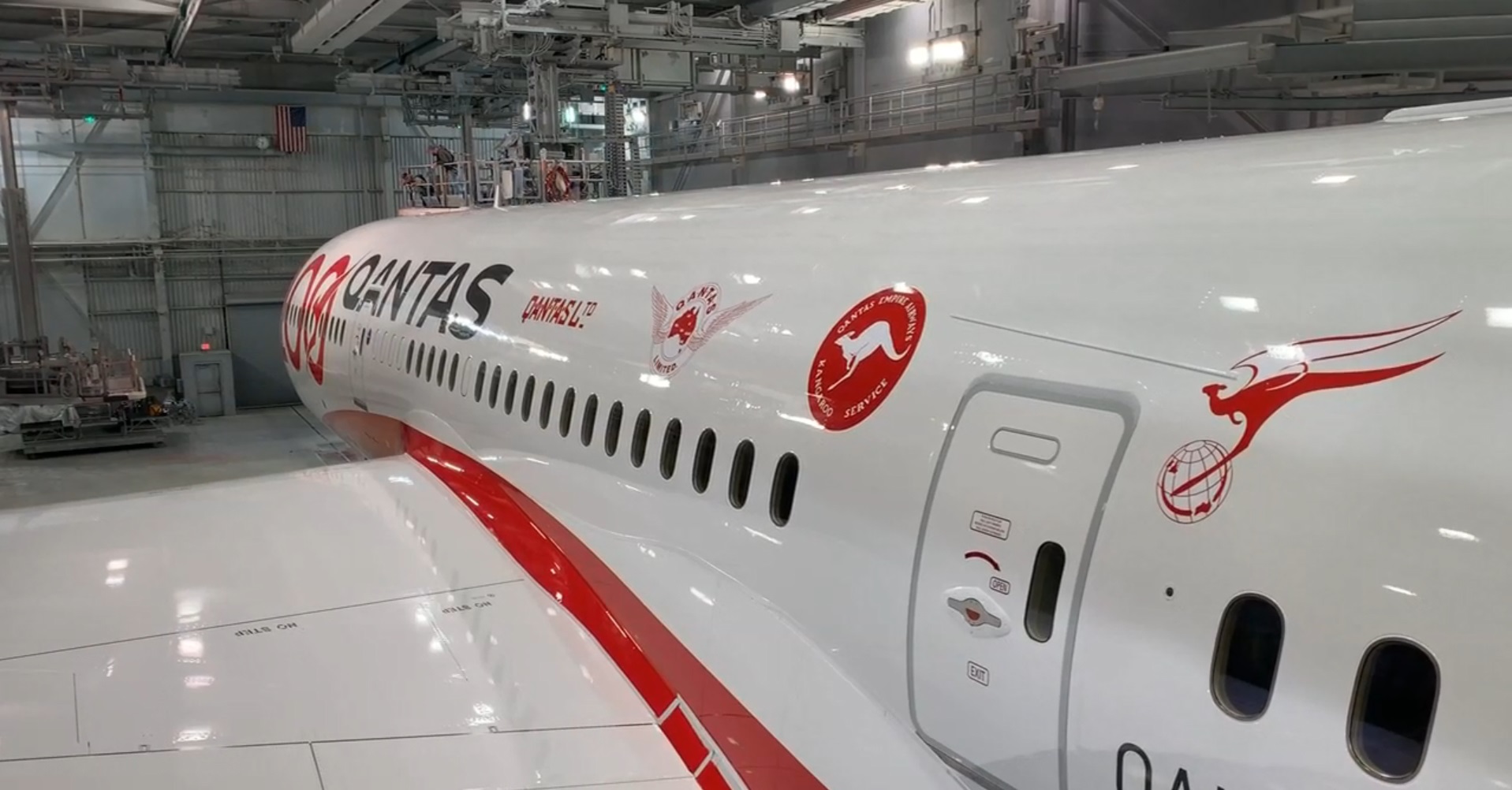
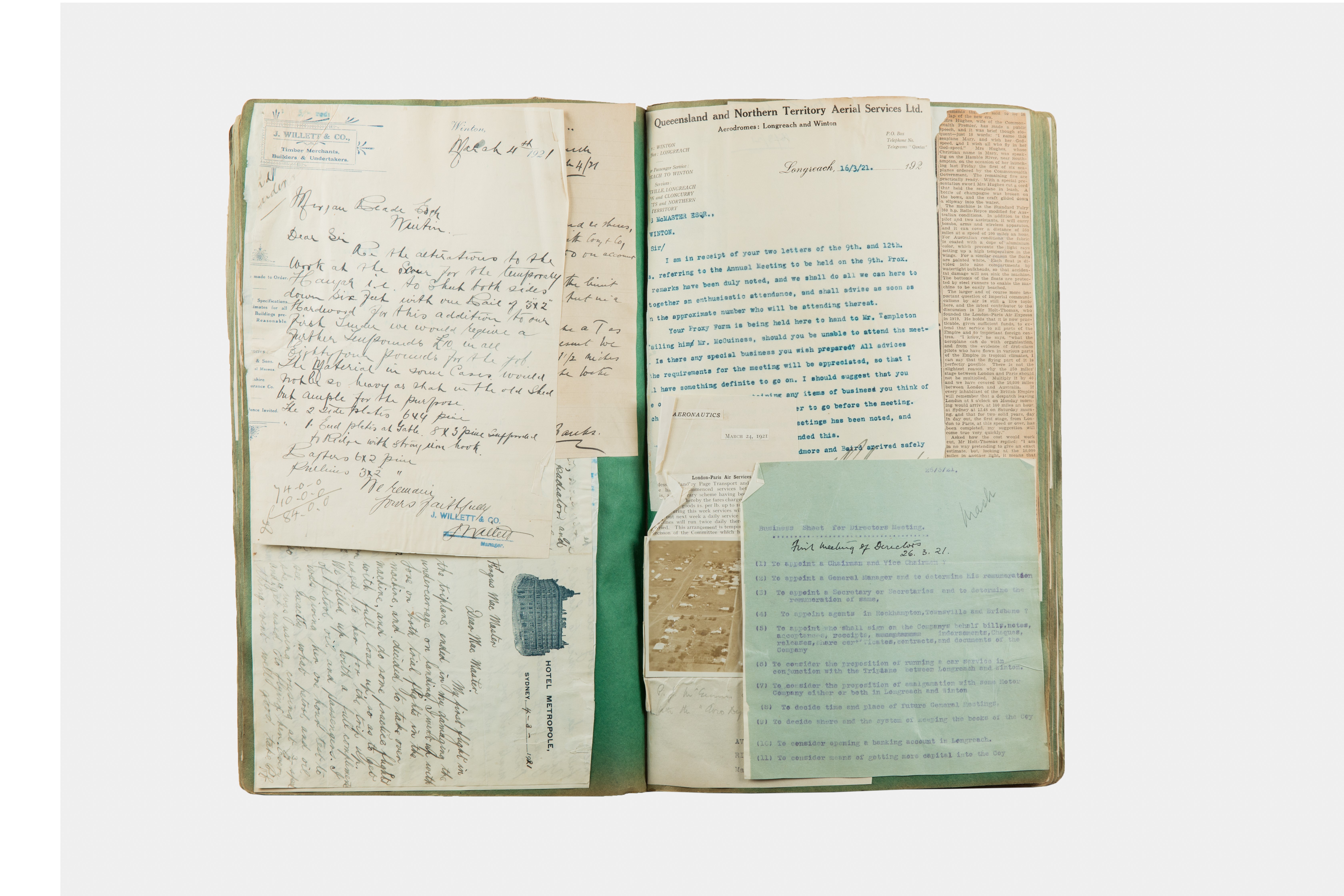
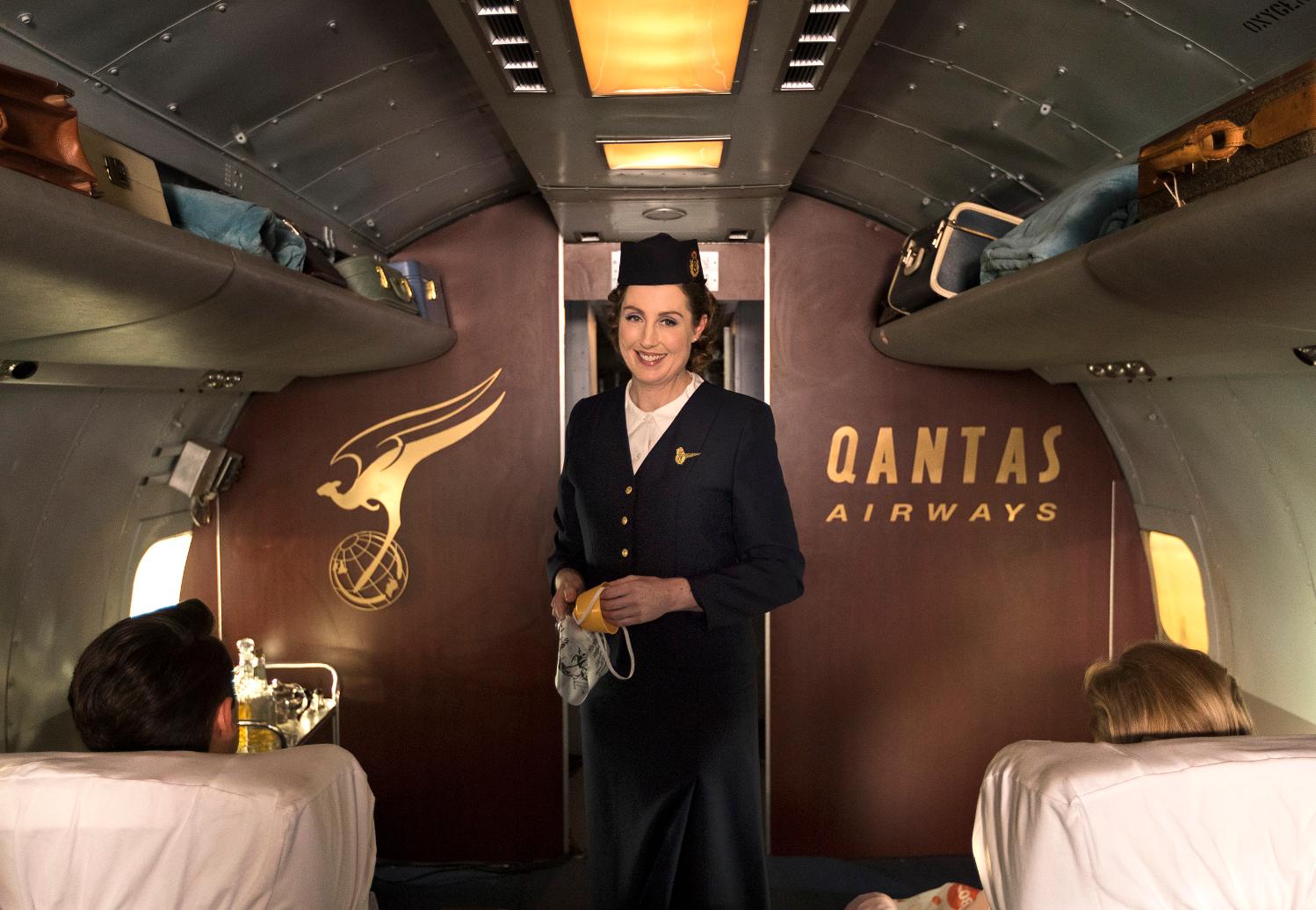
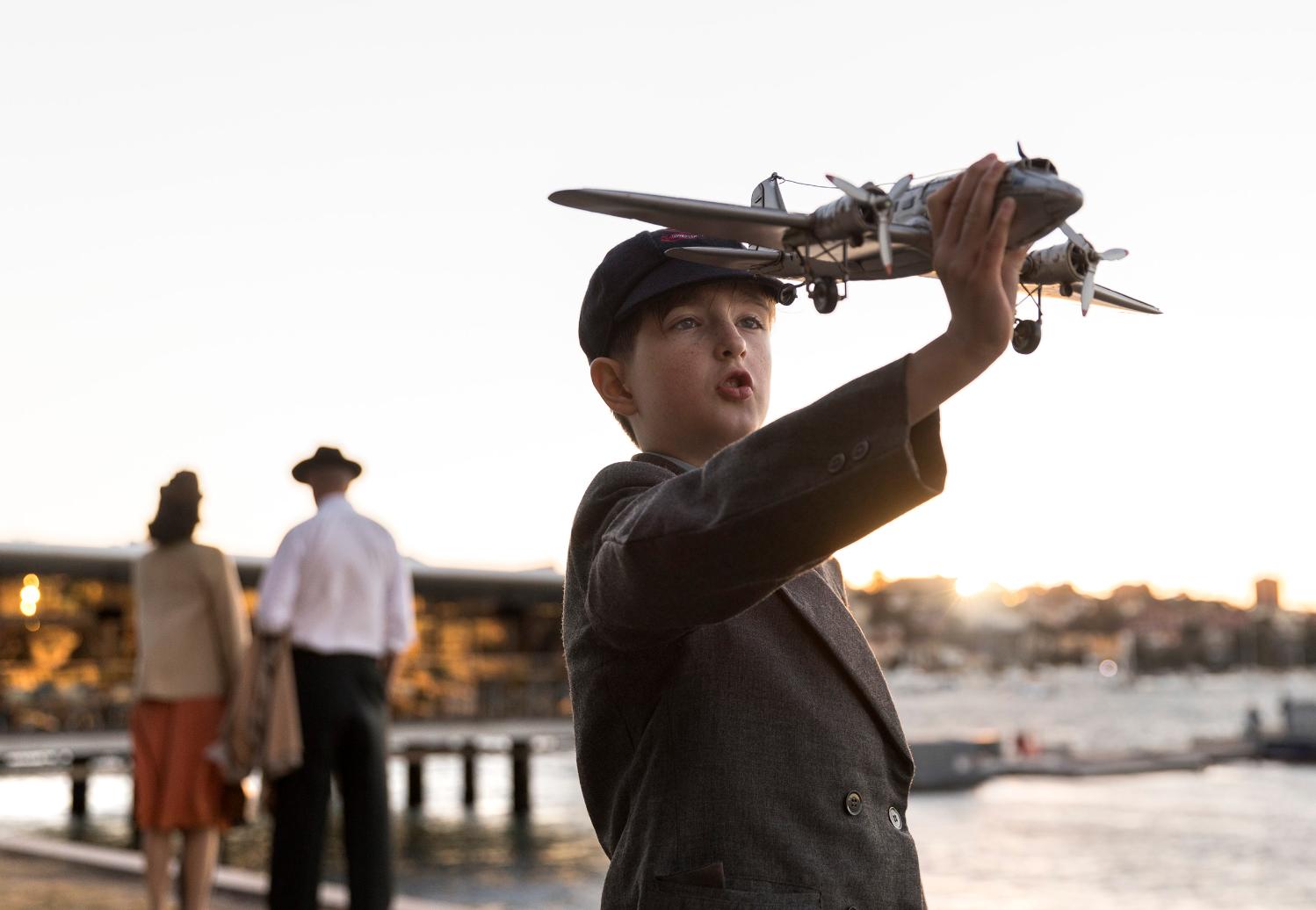
Deep Down Among The Coral By Christopher Corr: A Limited Edition Print In Celebration Of The 75th Anniversary Of QANTAS
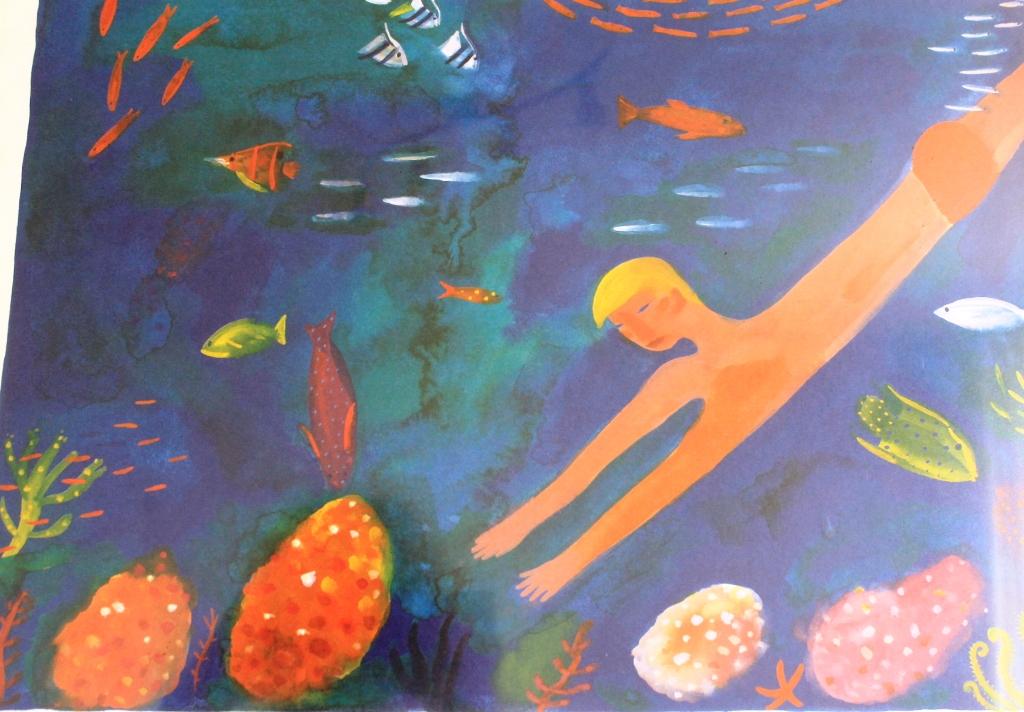
Above: Print version of 'Deep Down Among the Coral' by Christopher Corr - 1995 - a limited edition print in celebration of the seventy fifth anniversary of Qantas Airways - No 20 of 150.
Below: Artists Christopher Corr's original
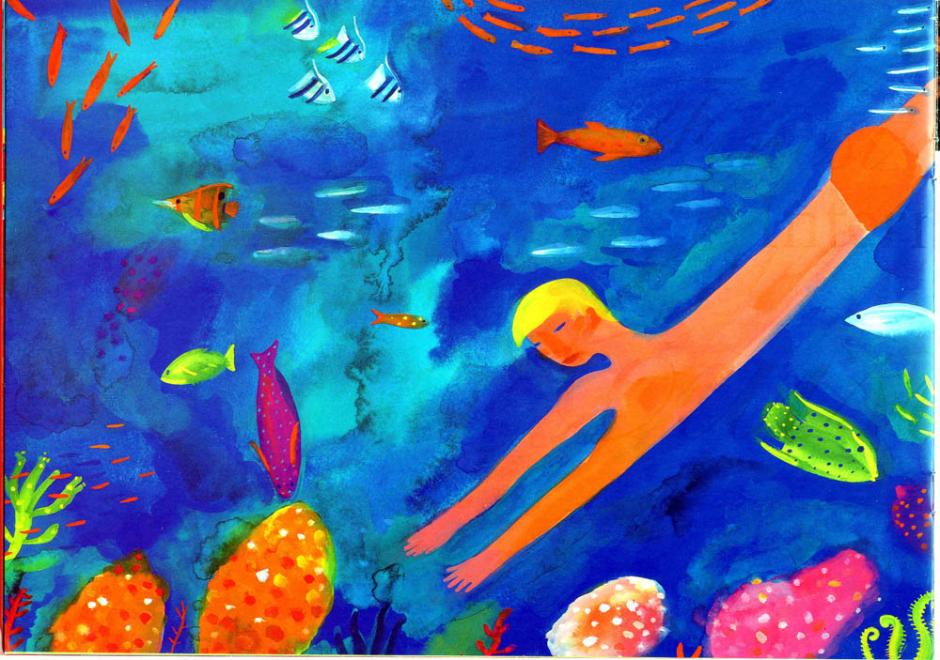
Deep Down Among the Coral - By Christopher Corr
A Limited Edition Print in Celebration of the seventy fifth anniversary of QANTAS Airways
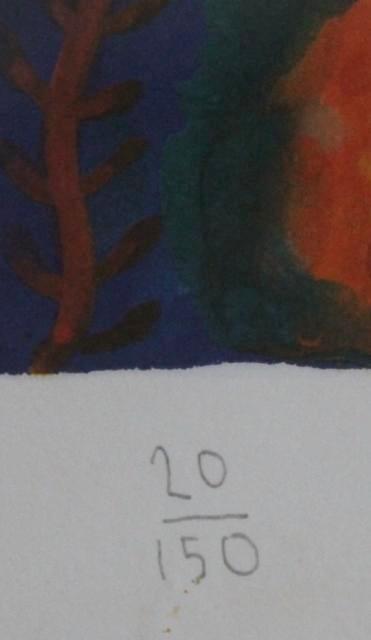 Closer inspection showed it was a numbered limited edition print and associated with Australia's older flying service - QANTAS - and signed by the creator - Christopher Corr.
Closer inspection showed it was a numbered limited edition print and associated with Australia's older flying service - QANTAS - and signed by the creator - Christopher Corr.

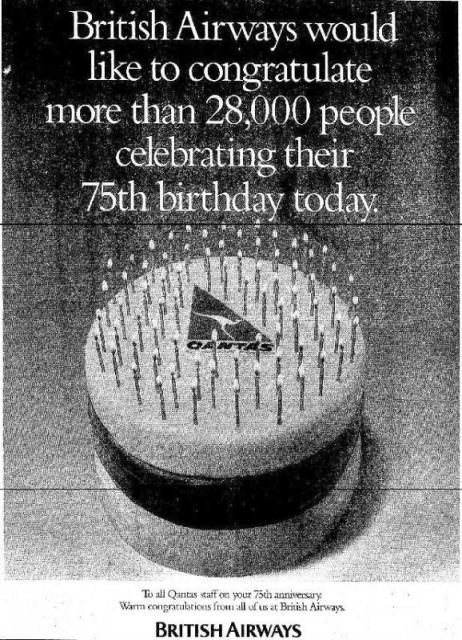 Daughter's quest for the real man behind Qantas. (1995, November 17). The Canberra Times (ACT : 1926 - 1995), p. 2. Retrieved from http://nla.gov.au/nla.news-article130570891
Daughter's quest for the real man behind Qantas. (1995, November 17). The Canberra Times (ACT : 1926 - 1995), p. 2. Retrieved from http://nla.gov.au/nla.news-article130570891
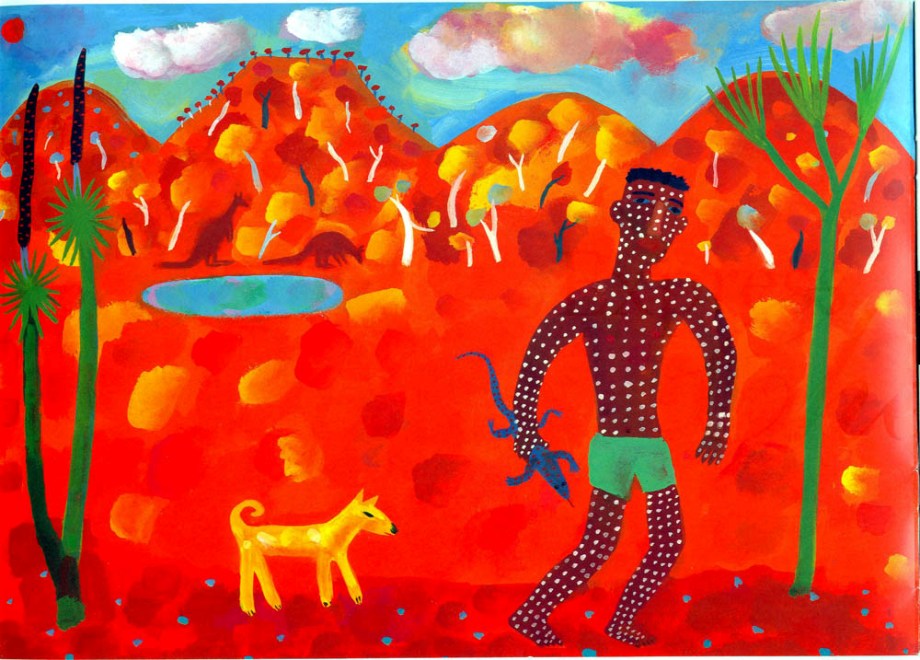
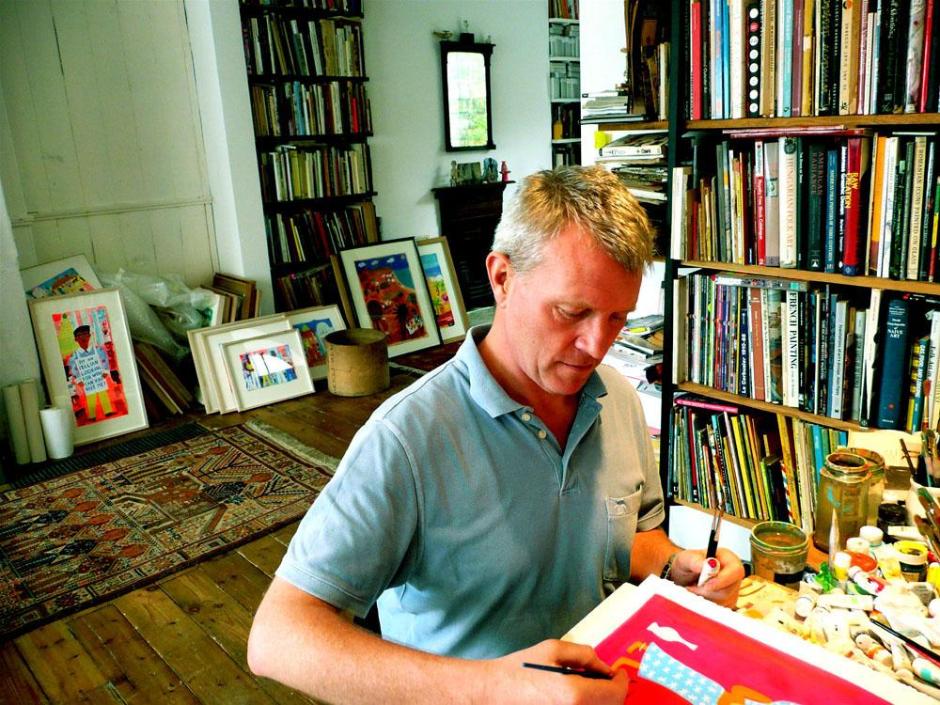
Christopher Corr in his Studio
QANTAS At Rose Bay
Some Pittwater residents have spoken of their fondness and remembrance of flying to many parts of the world from Rose Bay, a place people still fly from in Sydney Seaplanes, only nowadays the focus is on scenic flights over Sydney and bringing people to ... Pittwater!
When flights began from Rose Bay though they were to connect Sydney, and Australia, to England via Singapore and as such were considered the 'Gateway to the Rest of the World'.
These were the Catalinas, the romantic 'flying'boats' of the QANTAS fleet which served Australia so well before, during and after WWII.
On the opening of Rose Bay on August 4th, 1938:
NEW AIRMAIL SERVICE OPENED.
Lord Huntingfield's Speech.
The Acting Governor-General Lord Huntingfield who yesterday, at the Rose Bay flying-boat base officially opened the new thrice-weekly air-mail service between England and Australia said the day was an out-standing occasion in the history of civil aviation in that it represented a successful achievement of great magnitude in the Empire’s network of aerial communications
Lord Huntingfield inaugurated the service by cutting a red white and blue ribbon connecting the flying boat Camilla to the shore. He handed to the commander of the ali ti alt Captain L J Blain a special mailbag containing letters from his Excellency to the King from the Prime Minister Mr. Lyons to the Prime Minister of Great Britain Mr. Chamberlain and from the Postmaster General Senator McLachlan to the British Postmaster-General Major Tyron.
It was well to recall said Lord Huntingfield that it was only in 1903 that the first aeroplane flight was made and that commercial operations by aircraft were not seriously attempted until after the war. Such a recollection gave them some idea of the extraordinary advances In aviation in less than 20 years-a progress naturally fraught with extreme difficulties and achieved by a tenacity of purpose which had resulted in world-wide benefits. The first t flight that envisaged the flying boat service was that if the late Sir Ross Smith and Sir Keith Smith who in 1919 flew in 29 days from England to Australia. In 1931 Captain Blain left Brisbane in charge of a Quantas-Empire Airways plane to begin the first of the land flights with air mails between Australia and Great Britain. Many difficulties had been encountered and aviation engineering feats accomplished in bringing England to within nine days flight from Australia on the new flying-boat service. The Commonwealth Government in conjunction with the British and New Zealand Governments was now engaged in perfecting a scheme for the extension of the service across the Tasman Sea. That proposal recalled to his mind the outstanding achievements in the pioneering and development of long-distance civil aviation by the late Sir Charles Kingsford Smith and Mr. Charles Ulm
Lord Huntingfield thanked the Government of the Netherlands Indies for its co-operation and assistance in the organisation requirements of a section of the route. The friendly rivalry between the Empire flying-boat service and the Royal Netherland- Indies airways service would further ensure the advancement and development of civil aviation he said
SITE OF BASE.
The Minister for Defence, Mr. Thorby, said he hoped for an early start of the Sydney- Auckland services across the Tasman Sea, In which flying-boats of a larger type and a longer range than those on the Sydney-England service would be employed. He was unable to predict when the flying-boat base would be transferred from Rose Bay to Botany Bay, but he thought there was now general agreement among the citizens of Rose Bay that it would be regrettable if the change had to be made and Rose Bay was deprived of one of the most graceful spectacles on Sydney harbour-the arrival and departure of the flying-boats
The Postmaster-General, Senator McLachlan said they could look forward to the day when the aerial service would be extended not only to New Zealand, but across the Pacific to Canada, so that they would have an "All Red" air route, and be able to give a fresh rendition of "Rule Britannia," which would be " Britannia rules the air."
The representative of the British Trade Commissioner, Mr. P. Liesching, who represented the British Government at the function, said the significance of that occasion was as well realised In London as in Sydney. The thrice-weekly service of flying-boats between Sydney and England was not an end in itself, but a stepping-stone to further effort, and the looked forward with confidence to the day when Sydney would be not only a terminal, but a junction for a similar service to New Zealand and beyond that they might look to the establishment of the other link across the Pacific which would join Australia to the great nations of North America at Vancouver and San Francisco.
The Premier, Mr. Stevens, said that tentative and experimental aerial mail services had now given place to that of a service of proven technical and commercial practicability, so that air mail transport now became a regular system of communications
Mr. Fergus McMaster, chairman of Qantas Empire Airways, Ltd, said that the Camilla was owned by Imperial Airways, and was one of 31 flying-boats employed by that company, whilst his company had six similar boats now actually flying between Australia and Britain, so that the Australian flag was being carried alone the whole route from Sydney to Southampton
When the Camilla took off It circled over the crowd of about 5,000 people, and was escorted out of sight by three aeroplanes of the Royal AERO club of New South Wales. NEW AIR MAIL. (1938, August 5). The Sydney Morning Herald(NSW : 1842 - 1954), p. 12. Retrieved from http://nla.gov.au/nla.news-article17493223
LORD HUNTINGFIELD OPENS NEW AIR MAIL SERVICE.
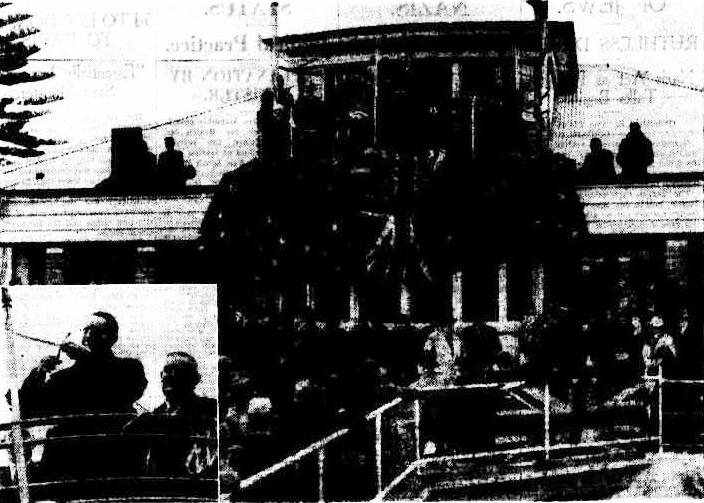
The scene at the official opening of the new air mail service at Rose Bay flying-boat base yesterday when the Acting Governor-General, Lord Huntingfield, severed a ribbon joining the Camilla to the control tower. The flying-boat took off for Brisbane bearing a special mail bag containing letters for the King, the British Prime Minister, and the British Postmaster General. Inset: Lord Huntingfield cutting the red, white, and blue ribbon. The Postmaster-General, Senator McLachlan, is on the right. LORD HUNTINGFIELD OPENS NEW AIR MAIL SERVICE. (1938, August 5). The Sydney Morning Herald (NSW : 1842 - 1954), p. 12. Retrieved from http://nla.gov.au/nla.news-article17493305
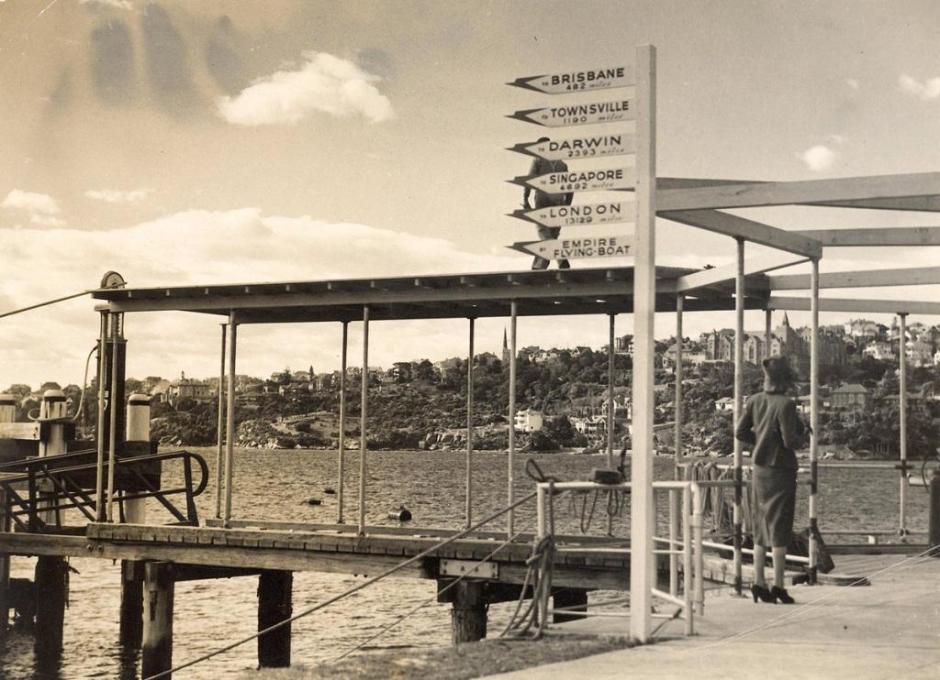
Gateway to the world - Rose Bay flying boat base 1939 - courtesy QANTAS Historic Images - from QANTAS Heritage Collection
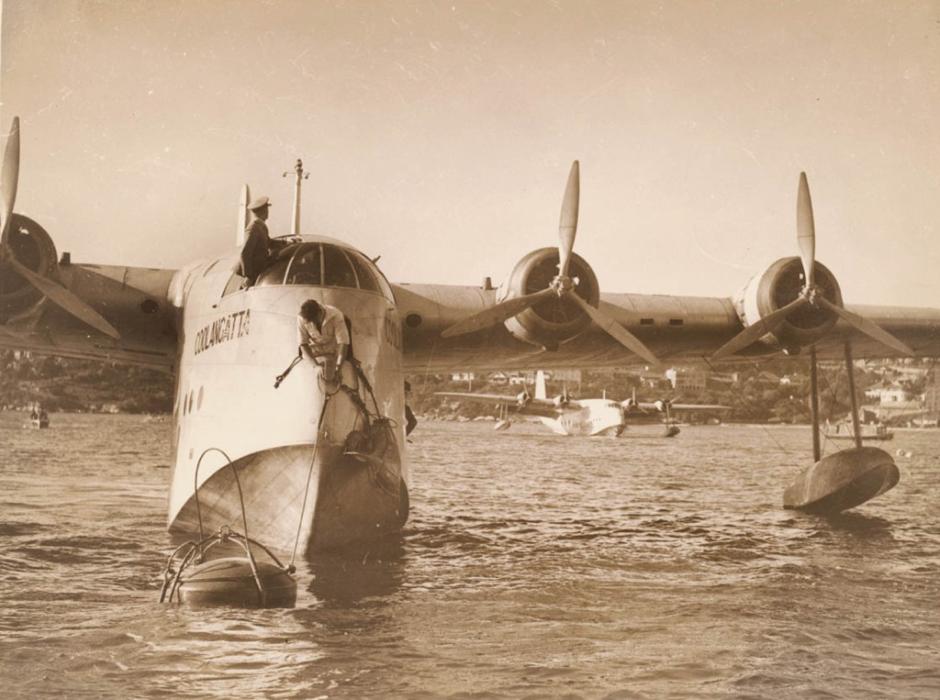
Above: Qantas flying boat 'Coolangatta' Digital Order Number: a169024 buy Hood, courtesy State Library of NSW from Album: Hood Collection part II : [Aviation]
QANTAS performed many services for Australia during her formative decades and went places others would not go. A few articles from her opening years at Rose Bay and through the conflict of World War Two, shows some of these and what was done at times when everyone was expected to do what they should do:
COORONG ARRIVES. SPEEDY CLEARANCE AT ROSE BAY.
The Qantas flying-boat Coorong which left Singapore or Saturday with mails from England, arrived at Rose Bay at 4 5 pm yesterday, 10 minutes ahead of the schedule. The mooring of the aircraft and the landing of the passengers were carried out speedily and within 20 minutes of their arrival most of the passengers were on their way to the city In Qantas cars.
The Coorong brought eight passengers; two from London one from Singapore and two from Darwin and three from Brisbane and 240lb of mail and 96lb of freight
The landing operations were witnessed by the Director of Postal Services Sir Harry Brown and the Deputy Director of Posts and telegraphs Mr Butler,'I am out here merely for my own amusement and to see the transfer of the mails' , said Sir Harry Brown 'I am completely satisfied with the sv iv in which the mails aie handled The en Ice is »till In the experimental stage and efficiency has already been achieved. '
SECRET NAVAL MISSION
Among the passengers on the Coolong was Commander G C Bannister, naval officer attached to the British Admiralty who Ins come to Australia on an official mission of a confidential nature. He will proceed to the Navy Office in Melbourne where he will confer with the Australian authorities
I am not at liberty to tell you of my mission he said but I am bringing communications from the Admiralty in the speediest manner obviating the necessity of posting them
Commander Bannister said he would be in Australia for three weeks
COOLANGATTA DEPARTS
The Coolangatta left Sydney at 7 am yesterday with the second flying-boat air mail for London and 11 passengers, including journalists from England who had travelled in the Challenger and Sir Carrick Robertson a prominent New Zealand surgeon
The Coolangatta also carried 1, 260 lb of mail and freight
Included in the freight were a wide variety of goods including fresh fruit and vegetables for the residents at Groote Eylandt and Kalumba, evening frocks consigned to buyers in Singapore, motion picture films for England, advertising material and wooden models of machinery parts which had been ordered from an England engineering concern by a Sydney manufacturer. COORONG ARRIVES. (1938, July 13).The Sydney Morning Herald (NSW : 1842 - 1954), p. 16. Retrieved from http://nla.gov.au/nla.news-article17491780
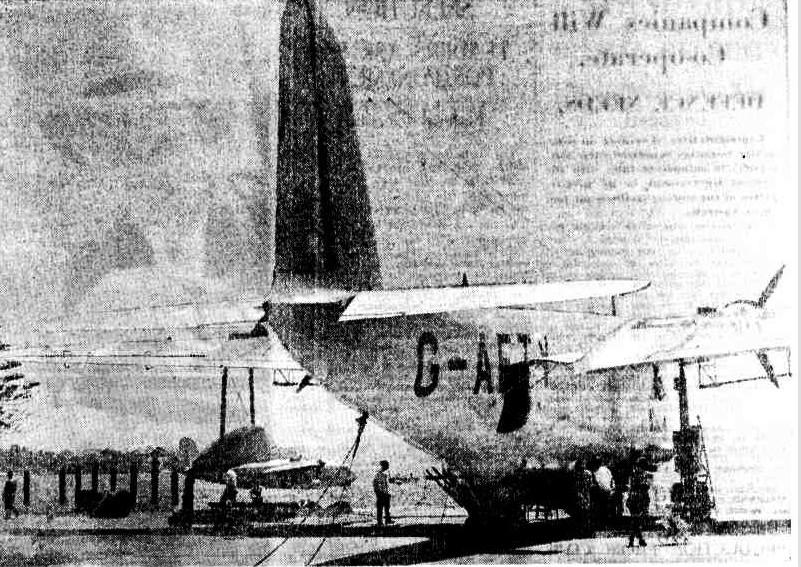
The Qantas Empire Airways flying-boat Clio being hauled up the slipway at Rose Bay yesterday for servicing. The top picture shows the huge tail unit. The bow and engines are shown in the picture below.
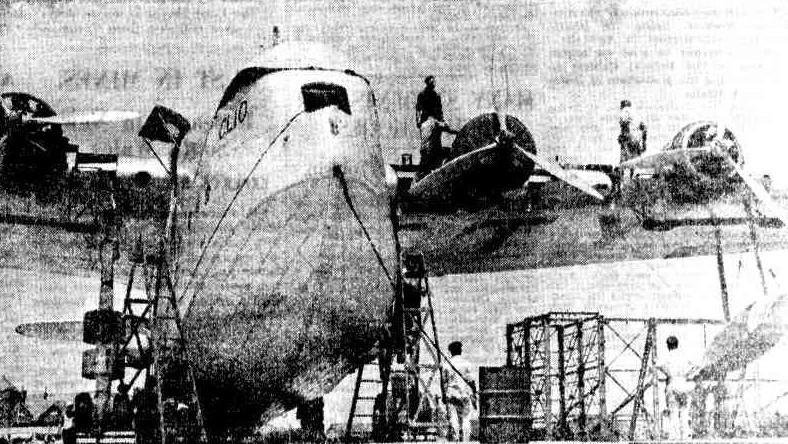
H.M.A.S. SYDNEY CO-OPERATES WITH AIRCRAFT AT SEA — FLYING-BOAT SERVICED ON SLIPWAY, AT ROSE BAY. (1939, February 8). The Sydney Morning Herald (NSW : 1842 - 1954), p. 20. Retrieved from http://nla.gov.au/nla.news-article17546819
FLYING BOAT CRASHES AT ROSE BAY SYDNEY. October 11—
The Q.A.N.T.A.S. flying -boat “Coolangatta" crashed at Rose Bay at 720 this morning; One. passenger is missing, the remaining 22 were rescued, also the crew. The Managing Director of Q.A.N.T.A.S. Empire Airways (Mr.Hudson Fysh) said that the “Coolangatta" carried a full complement of 23 passengers, and crew of seven, including two supernumeraries. The flying boat was bound for Townsvillle. It took off successfully, but after some minutes in the air one of the engines commenced to give trouble and the boat returned.
After circling several times it was about to land when it crashed. It floated for a short while then appared to swing over and sink. Rescue boats were quickly on the secen and picked up those struggling in the water. Just before the plabne sank some of the passengers were seen jumping Into the water'. The Police Department has supplied a list of those injured, which includes: I.. E. Walker (51).Brisbane, shock and immersion; and Mrs. C, Freeleagus .(43)Brisbane, lacerated wounds to the head, shock, and Immersion. The missing victim of the flying-boat crash was Mr.' Mott, .a Business man from Townsville. The plane broke in two on alighting and sank immediately. FLYING BOAT CRASHES AT ROSE BAY. (1944, October 12).Queensland Times (Ipswich) (Qld. : 1909 - 1954), p. 1 Edition: DAILY. Retrieved from http://nla.gov.au/nla.news-article115488654
During WWI Conflict:
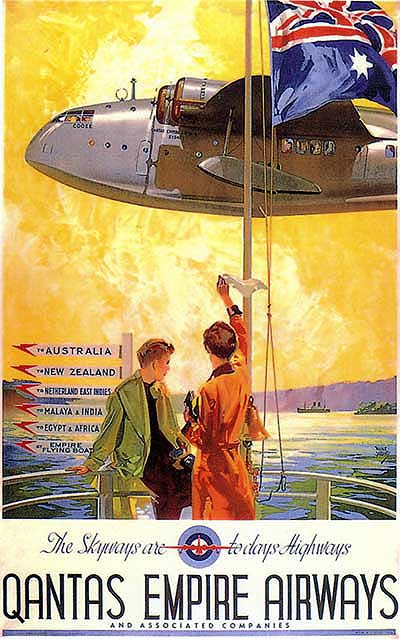 FLYING BOAT TRAGEDY-- 13 Men Missing
FLYING BOAT TRAGEDY-- 13 Men Missing
Thirteen men are missing as the result of a Quantas flying boat sinking after it had made a forced landing in the sea near a northern port last Thursday. The search for the missing men-seven R.A.A.F. men, four American Servicemen, and two members of the crew ' of the flying-boat has been abandoned. The R.A.A.F. missing are :Corporal E.. J. Grady, of Glen Innes, N.S.W.; L.A.C. A. J. Ellis, of Stanmore, Sydney; L.A.C. D.W. Nicholson, of Melbourne; A.C.1A. R. Stephens, of East Melbourne;A.C.1 E. R. Flanagan of Oakleigh, Vic.; A.C.1, E. Grogan, of Curyo, Vic.; and A.C.1 J. A. Harris, of Rose Bay, Sydney. The missing members of the crew are: T. J. Phillips, radio officer, and W. R. Bartley, purser. Two R.A.A.F. men were seriously injured. They are: A.C.1 W. L. Gardiner, of South Lismore, N.S.W., and A.C.1 W. E. Warhurst, of Coburg, Vic.
These two men are in hospital.
THICK WEATHER
The flying boat was in charge of Captain A. A. Koch, with S.W. Peak as first officer. These two men are safe, as is one American Serviceman. During the flight a thick weather front' was encountered, and visibility became extremely bad. Captain Koch decided to attempt a landing in the open sea, but in the touch-down, because of the heavy sea which was running, the flying boat suffered damage, and sank in six minutes. The survivors were in the water' for some hours.
SHOT DOWN BY FIGHTERS
Captain Koch, who lives in Sydney, was captain of the Quantas flying-boat which was shot down by seven Japanese fighters while on a flight from Darwin to Koepang on January 30, 1942. A number of the complement was killed. The flying-boat was attacked when about 400 feet from the water and about to land at the end of its flight. When machine-gun bullets ripped through the cockpit Captain Koch swerved and dived to avoid the bullets, but the tail had been shot away and the flying-boat crashed.; Five survivors managed to swim to land, where they were cared for by natives and their wounds and injuries treated. Captain Koch was bombed four times while in Ioepang recovering from his injuries and he had been in Darwin Hospital only a few days when the town was raided on February 19. He was flown to Sydney the next day. With more than 10,000 flying hours to his credit, Captain Koch, who is a Tasmanian, entered the R.A.A.F. in 1926. He joined Quantas Empire Airways in 1938,when he was chief pilot for Guinea; Airways, and was appointed to acting-command on flying-boats in 1940. FLYING BOAT TRAGEDY—13 Men Missing. (1943, May 2).Army News (Darwin, NT : 1941 - 1946), p. 1. Retrieved from http://nla.gov.au/nla.news-article38333821
The Qantas Heritage Collection
from QANTAS website: www.qantas.com.au/travel/airlines/heritage-collection
The Qantas Heritage Collection is a permanent exhibition of the rich and colourful history of Qantas. Located on the mezzanine level of Sydney Domestic Terminal (T3) near Gate 13, it is open to the public, free of charge Monday to Friday between 9.30am and 4.30pm.
Situated overlooking the spectacular background of landing and departing aircraft, it features superb panoramic views of Sydney airport. The Qantas Heritage Collection includes artefacts and memorabilia drawn from thousands of items of historical significance donated by passengers and airline staff.
Covering an area of 1,000 square metres, the exhibition was created by Qantas as a result of the voluntary work of 15 retired staff. Since the early 1990s, the group has worked diligently to sort, catalogue and preserve a diverse range of items. The Collection welcomes the donation of suitable items. Enquiries may be directed to the Curator on 0418 416 728 during business hours.
Visitors can follow the story of Qantas through a series of interconnected exhibition spaces.
Exhibits include:
- Finely crafted models titled 'Da Vinci to Sputnik' depicting significant global developments in the history of flight, including the role of pioneer Australian inventor, Lawrence Hargrave.
- Photographic overview of Qantas highlights of each decade since 1920, depicted on a series of colourful hanging banners.
- Nostalgic look at Qantas uniforms over the years.
- Timetables, tickets, menus, advertising posters, photographs of celebrity passengers and various other archival treasures.
- Assortment of historical objects, including navigational equipment, early model aircraft and assorted memorabilia.
- Engines used on Qantas aircraft in outback Australia in the 1920s.
- Wicker chairs used by passengers on early flights.